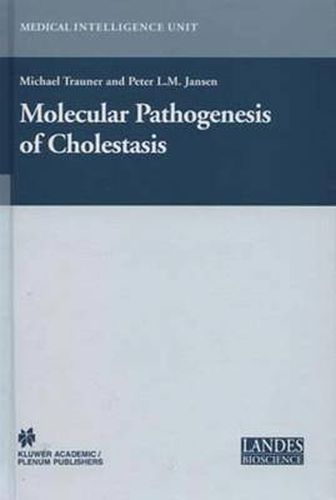Readings Newsletter
Become a Readings Member to make your shopping experience even easier.
Sign in or sign up for free!
You’re not far away from qualifying for FREE standard shipping within Australia
You’ve qualified for FREE standard shipping within Australia
The cart is loading…






membrane contamination and thus could then be used to study transport function when pre pared as membrane vesicles. These approaches defined a number of transport functions in the plasma membranes of hepatocyres and ultimately led to the recognition that bile salts and 3 25 other solutes were transported into bile largely by ATP dependent transport mechanisms.2 - The advent ofmolecular cloning techniques and cellular expression systems rapidly acceler ated progress in this field and led to the molecular characterization ofmost ofthe major mem brane transport proteins that determine both the hepatic uptake of organic solutes as well as bile salt dependent and bile salt independent canalicular excretion. Overview of the Molecular Mechanisms of Bile Formation The major transporters that determine bile formation are illustrated in Figure 1 and are discussed in greater detail in the subsequent chapters. The enrerohepatic circulation ofbile salts maintains bile salt dependent bile flow. Bile salts are excreted into bile and are largely absorbed in the terminal ileum and then efficiently removed from the portal circulation at the basolateral plasma membrane of the heparocyte. Each of these steps is dependent on the function of bile salt transport proteins.
$9.00 standard shipping within Australia
FREE standard shipping within Australia for orders over $100.00
Express & International shipping calculated at checkout
membrane contamination and thus could then be used to study transport function when pre pared as membrane vesicles. These approaches defined a number of transport functions in the plasma membranes of hepatocyres and ultimately led to the recognition that bile salts and 3 25 other solutes were transported into bile largely by ATP dependent transport mechanisms.2 - The advent ofmolecular cloning techniques and cellular expression systems rapidly acceler ated progress in this field and led to the molecular characterization ofmost ofthe major mem brane transport proteins that determine both the hepatic uptake of organic solutes as well as bile salt dependent and bile salt independent canalicular excretion. Overview of the Molecular Mechanisms of Bile Formation The major transporters that determine bile formation are illustrated in Figure 1 and are discussed in greater detail in the subsequent chapters. The enrerohepatic circulation ofbile salts maintains bile salt dependent bile flow. Bile salts are excreted into bile and are largely absorbed in the terminal ileum and then efficiently removed from the portal circulation at the basolateral plasma membrane of the heparocyte. Each of these steps is dependent on the function of bile salt transport proteins.